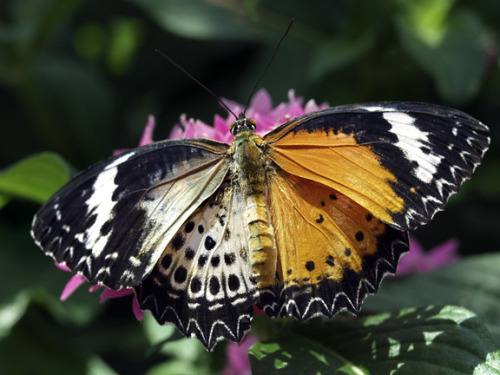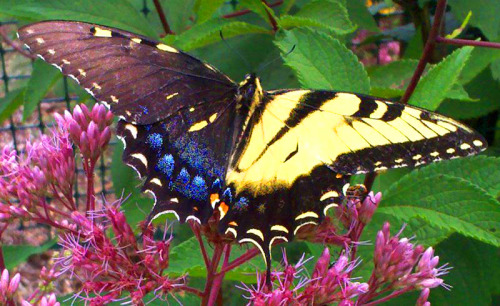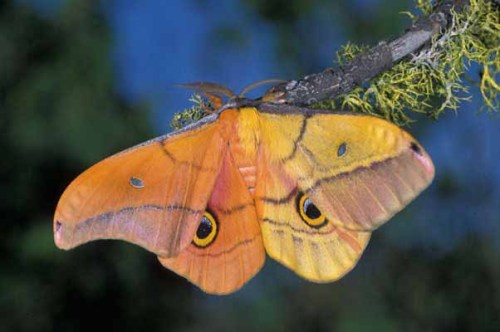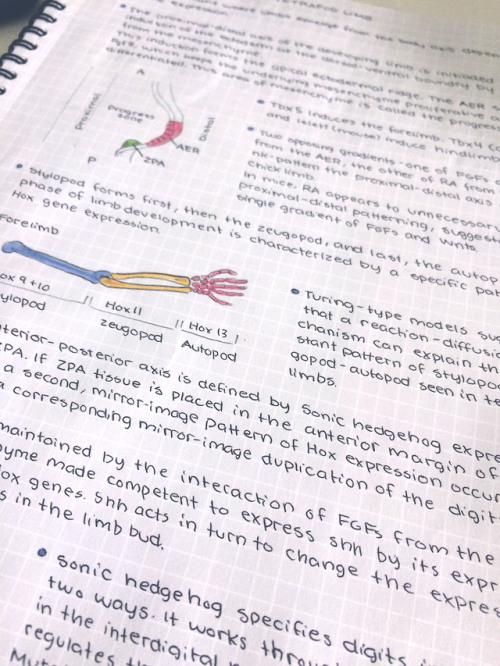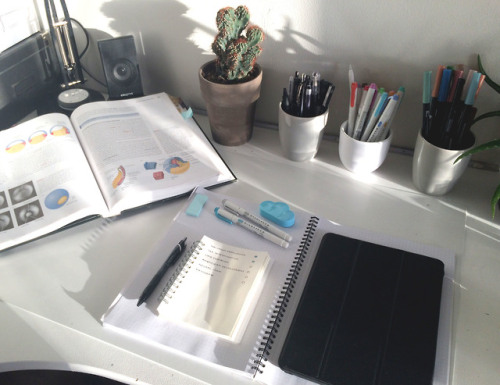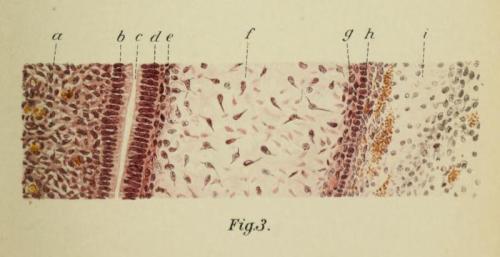#developmental biology
Chemera and Mosaic Insects Part 2-Butterflies and Moths
A chimera (also spelled chimaera) (from the creature Chimera in Greek mythology) is a single organism composed of cells from different zygotes. This can result in male and female organs, two blood types, or subtle variations in form. Animal chimeras are produced by the merger of multiple fertilized eggs. If the different cells have emerged from the same zygote, the organism is called a mosaic. Chimeras are formed from at least four parent cells (two fertilised eggs or early embryos fused together). Each population of cells keeps its own character and the resulting organism is a mixture of tissues. Chimeras can often breed, but the fertility and type of offspring depends on which cell line gave rise to the ovaries or testes; varying degrees of intersex differences may result if one set of cells is genetically female and another genetically male. A gynandromorph is an organism that contains both male and female characteristics, authorities say. The term gynandromorph, from Greek “gyne” female and “andro” male, is mainly used in the field of entomology, though it has also been observed in arthropods and birds as well. Another way that chimærism can occur in animals is by organ transplantation, giving one individual tissues that developed from two genomes. For example, a bone marrow transplant can change someone’s blood type. Normally, chimærism is not visible on casual inspection; however, it has been detected in the course of proving parentage and may be more common than was believed before the advent of DNA testing.
Post link
Like other kittens, Bettie Bee has four paws, one tail and two ears. But in one way, she is an oddity: she has two noses, two mouths and three eyes. She is a rare two-faced cat, or “Janus Cat.”
Read more about this kitten and the condition that caused her to have two faces here.
article contains the phrase “a protein called Sonic Hedgehog Homolog”, and that alone makes it worth reading
It’s true! I’ve written about why it’s called that here. An extra fun fact is that the inhibitor to this protein is called Robotnikin.
Each egg is only about three millimetres in diameter. Photo by Jeannot Kuenzel
Developing sea mullet (Mugil cephalus) embryos (40x) - 12th place Nikon 2015 Photomicrography competition, Hannah Sheppard-Brennand.
See also: 3-mm long larva of a sunfish. And: larvae of Artemia salina.
Post link
Cross-section of a human tooth-germ
You can see all the layers of the developing tooth here. All the way to the right (i), you can see the tooth-sac that the developing tooth is surrounded by and nourished by. In the center (f), you can see the developing enamel (though it’s still gelatinous at this point) - hsignifies the outer epithelial cells of the enamel, which will comprise the outside of the tooth when it’s fully formed. To the left, b signifies the odontoblasts (the cells that are precursors to the inner tooth structures), and asignifies the tooth-papilla, that the odontoblasts will expand into.
The tooth-germ starts like a cup, basically, and then expands both outward (to form enamel), and inward (to form the dentin and inner structures) at the same time.
Atlas and Text-Book of Dentistry, Including Diseases of the Mouth. Gustav Preiswerk, 1906.
Post link

